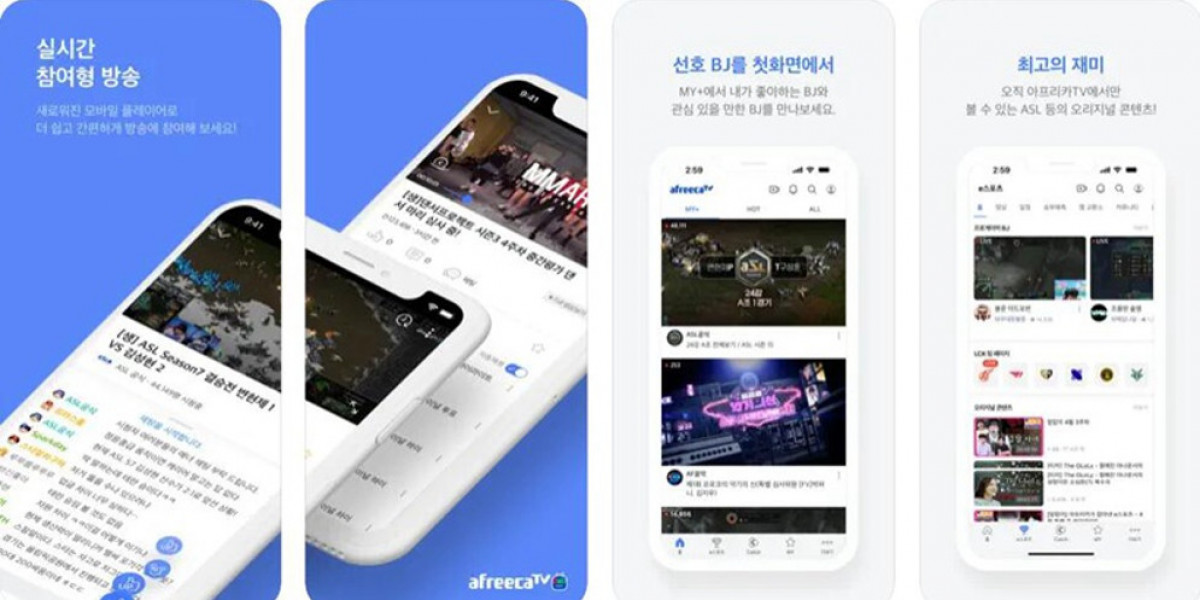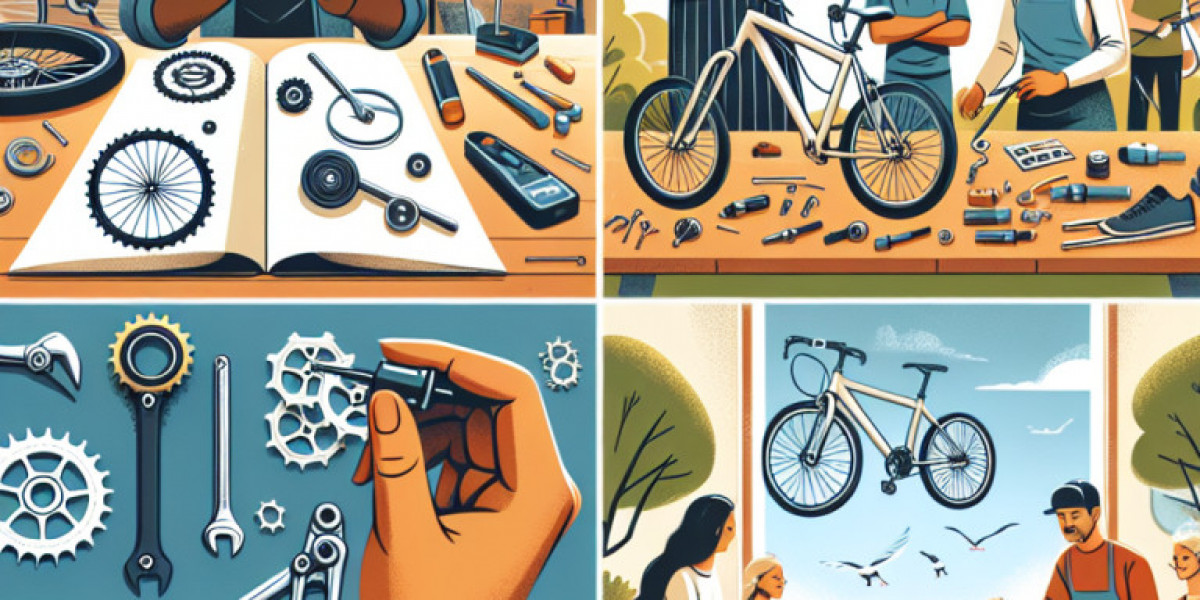A well-crafted resume is your ticket to landing a job interview. In today's competitive job market, recruiters receive hundreds of applications for a single position, and your resume needs to stand out. According to a study by Zety, 63% of recruiters prefer resumes tailored to the job description, and the average recruiter spends only 6-7 seconds scanning a resume. This means you have just a few seconds to make a lasting impression.
In this guide, we’ll walk you through the essential steps to writing a compelling resume that grabs attention and increases your chances of getting hired.
1. Choose the Right Resume Format
Before writing, decide on the best resume format for your experience and career goals. The three main resume formats are:
Chronological Resume – Lists work experience in reverse chronological order. Best for professionals with a strong work history.
Functional Resumes focus on skills and accomplishments rather than work history. They are ideal for career changers or those with employment gaps.
Combination Resume – A mix of chronological and functional formats. Suitable for candidates with diverse experience.
2. Utilize a Resume Builder App
If you’re struggling to create a polished resume, consider using a resume builder app to streamline the process. These tools offer professional templates, keyword suggestions, and formatting assistance to ensure your resume looks professional and is ATS-friendly.
3. Write a Compelling Resume Summary or Objective
A resume summary or objective appears at the top of your resume and serves as a quick introduction.
Resume Summary: Best for experienced professionals. It highlights key achievements and skills in a few sentences.
Resume Objective: Suitable for entry-level candidates. It focuses on career goals and enthusiasm for the position.
Example: Detail-oriented marketing specialist with 5+ years of experience in digital marketing and content creation. Increased brand engagement by 40% through innovative campaigns and data-driven strategies.
4. Highlight Your Work Experience
Your work experience section is the heart of your resume. Follow this structure for each job entry:
Job Title
Company Name & Location
Dates of Employment
Key Responsibilities and Achievements (Use bullet points)
Tips:
Use action verbs like "implemented," "led," "developed," and "optimized."
Quantify your achievements. Example: Increased sales by 25% in six months.
Tailor your experience to the job description.
5. Showcase Your Skills
A skills section lets recruiters quickly assess your abilities. Include hard skills (technical skills related to the job) and soft skills (communication, teamwork, problem-solving).
Example of Skills Section:
SEO & Content Marketing
Data Analysis
Project Management
Leadership & Team Collaboration
Public Speaking
6. Education and Certifications
List your education credentials, including:
Degree (e.g., Bachelor’s in Computer Science)
Institution Name
Graduation Year
Relevant coursework (optional for entry-level job seekers)
Certifications can give you an edge. Some popular ones include:
Google Analytics Certification
PMP (Project Management Professional)
AWS Certified Solutions Architect
7. Add Extra Sections (Optional but Valuable)
To further boost your resume, consider adding these sections:
Projects – Highlight any side projects or independent work.
Volunteer Experience – Shows initiative and leadership.
Languages – Being multilingual is a strong asset.
Awards & Recognitions – Adds credibility.
8. Optimize Your Resume for ATS
Most companies use Applicant Tracking Systems (ATS) to filter resumes. Here’s how to optimize yours:
Use keywords from the job description.
Stick to standard resume fonts like Arial, Calibri, or Times New Roman.
Save your resume as a PDF or Word document.
Avoid graphics or complex formatting.
9. Proofread and Edit
Grammatical errors and typos can cost you a job opportunity. Studies show that 77% of recruiters reject resumes due to typos. Use tools like Grammarly or have a friend review your resume for errors.
10. Craft a Strong Resume Header
Your resume header should contain your full name, phone number, professional email address, LinkedIn profile, and location (city and state). Ensure that your email address is professional—avoid using outdated or unprofessional usernames.
11. Keep Your Resume Updated
Your resume should be a living document. Regularly update it with new skills, experiences, and accomplishments. This ensures you’re always prepared for new job opportunities.
Final Thoughts
Writing a resume that gets you hired requires strategy, attention to detail, and customization. Following these steps, you’ll create a resume highlighting your strengths, passing ATS screening, and impressing recruiters. Remember, your resume is your first chance to make a great impression—make it count!










